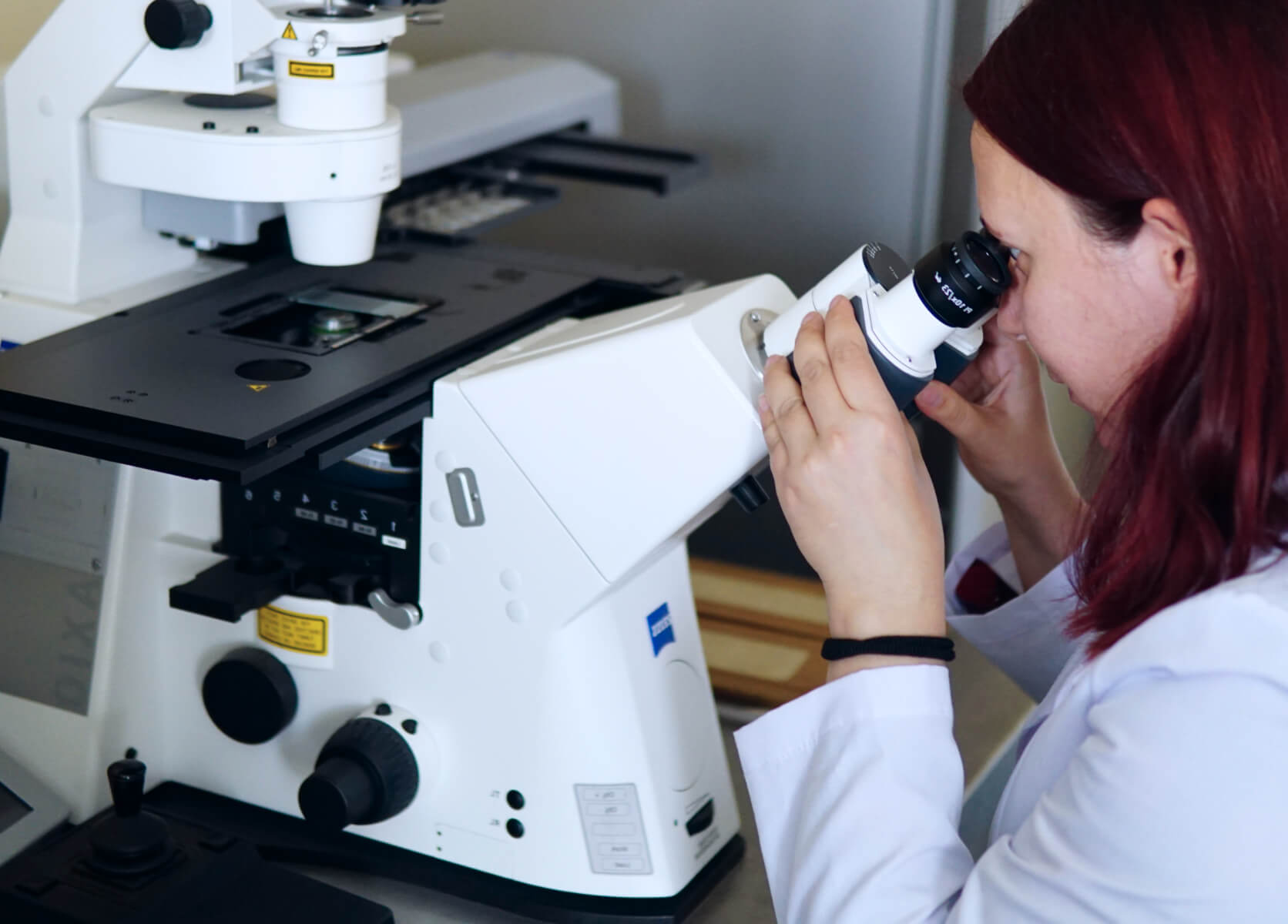The National University Complex for Biomedical and Translational Research (NUCBTR) is a strategic network of infrastructures for fundamental and translational biomedical research and includes partners from two of the largest medical universities in Bulgaria, the Medical University of Sofia and the Medical University of Plovdiv, as well as a number of hospital and research centers. At the core of the University Complex is the unification of the largest biobanks for the storage of biological material and clinical data in the country.
NUCBTR links existing resources, achieving a critical mass of expertise and technological opportunities, creating conditions for developing research in the field of molecular medicine, genetics and epidemiology in Bulgaria in the post-genomic era. The purpose of creating and developing the University Complex is to accelerate the transition between fundamental research and clinical practice in order to improve the prevention, diagnosis and treatment of the most important diseases for society.
Based on the international expert assessment, NUCBTR has been assessed as one of 4 infrastructure complexes, which are nationally significant infrastructures and have the potential to participate in pan-European research infrastructures. MMC and NUCBTR are included in the National roadmap of the scientific infrastructure in Bulgaria from its creation in 2010.

Molecular Medicine Center
Laser Microdissection (LMD) Core greatly fosters the research and quality of isolated cells for subsequent use in functional genomics and proteomics studies for all research groups working in the oncogenetic field. The LMD is essential in cases where single or few cell analyses are available for the investigation on microarrays. This can be used for different cell types and in the search for molecular markers for personalized medicine.
Equipment:
Palm MicroBeam Laser Microdissection system Carl Zeiss with integrated high performance imaging functionality is set up in the new core. The Laser Microdissection workstation for ultra-pure sample isolation is equipped with high quality microscope; laser technology for non-contact and contamination-free specimen capture; high-resolution digital camera for fluorescence and bright field; multy-channel fluorescence and extended focus, allowing optimal workflow with simple component integration from individual experiments to automation; flexible applications from archival material to living cells – for DNA, RNA and protein isolation; automated image analysis in transmitted light and fluorescence; and intuitive user interface.
Automated cryostat SLEE, model MEV (SLEE Medical GmbH) that features convenient operation and a modern semi-automatic rotary microtome. The cryostat also contains:
- Modern rotary microtome with motorised μm advance/return
- Spacious cooling chamber for efficient and safe workflow
- Large anti-roll plate
- 24 easily accessible freezing positions
- Viewing window made of frost-free dual insulation glass
- Intuitive electronic control panel
- Automatic defrost
The LMD is essential in cases where single or few cell analyses are available for the investigation. In our routine practice it has been used in as a preliminary step for separation of different type of cells (e.g. normal from cancer cells) before further downstream analysis such as microarray. LMD has a potential to greatly foster the research and quality of isolated cells for subsequent use in functional genomics and proteomics studies for all research groups working in the oncogenetics field. This can be used for different cell types and in the search for molecular markers for personalized medicine.
Notably, the LMD Core is located in close proximity with the Department of General and Clinical Pathology and can be used by the collaborating pathologists for both sample preparation and analysis in their routine diagnostics.

